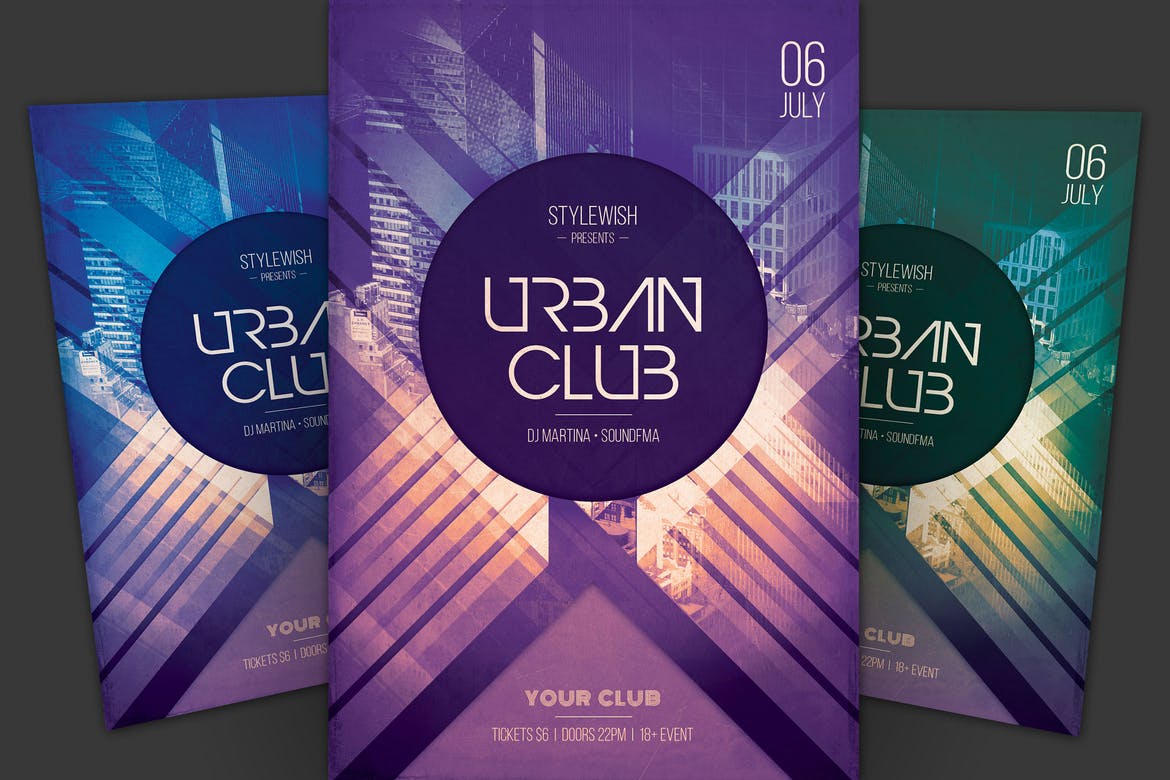As a professional event organizer, you understand the importance of effective communication. You want your event flyers to capture the attention of your audience and entice them to attend your event. But did you know that the psychology of color plays a crucial role in the effectiveness of your event flyer design?
Colors can evoke certain emotions and feelings in people, making them feel happy, excited, relaxed, or even sad. In this article, we will explore how to use color psychology to create eye-catching event flyers that will help you to stand out from the competition.
Understanding the Basics of Color Psychology
Colors can have a significant impact on our emotions and mood. For example, warm colors such as red, yellow, and orange are often associated with excitement, passion, and energy. On the other hand, cool colors such as blue, green, and purple are often associated with calmness, relaxation, and serenity.
When creating an event flyer, it is essential to consider the emotions and feelings that you want to evoke in your target audience. Depending on the type of event you are organizing, you may want to use warm colors to create a sense of excitement and energy or cool colors to create a sense of calm and relaxation. If you’re not sure where to start when it comes to designing your event flyer, these Event Flyer Ideas will provide you with plenty of inspiration and guidance.
Choosing the Right Color Scheme
Once you have a clear understanding of the emotions and feelings that you want to evoke in your target audience, it’s time to choose the right color scheme for your event flyer design.
There are many different color schemes to choose from, but some of the most popular options include monochromatic, analogous, and complementary color schemes.
A monochromatic color scheme uses different shades and tints of the same color to create a cohesive and harmonious look. This type of color scheme is perfect for creating a calming and relaxing atmosphere.
An analogous color scheme uses colors that are next to each other on the color wheel, creating a more vibrant and energetic look. This type of color scheme is ideal for creating a sense of excitement and energy.
A complementary color scheme uses colors that are opposite each other on the color wheel, creating a bold and eye-catching look. This type of color scheme is perfect for creating a sense of contrast and drama.
Using Color Psychology in Your Event Flyer Design
Now that you have a clear understanding of the basics of color psychology and have chosen the right color scheme for your event flyer design, it’s time to put that knowledge into practice. Get your event started in style with one of these vibrant and customizable event flyer templates.
When designing your event flyer, consider the following tips to make the most of color psychology:
- Use warm colors to create a sense of excitement and energy. Red, yellow, and orange are great options for creating a vibrant and energetic look.
- Use cool colors to create a sense of calm and relaxation. Blue, green, and purple are ideal for creating a calming and relaxing atmosphere.
- Use contrasting colors to create a sense of drama and interest. For example, black and white or blue and yellow can create a bold and eye-catching look.
- Use color to highlight important information. For example, use a bright color to draw attention to the date, time, and location of your event.
- Use color sparingly. Too many colors can be overwhelming and detract from the overall design of your event flyer.
Conclusion
In conclusion, understanding the psychology of color is crucial to creating an effective event flyer design. By using the right colors and color schemes, you can evoke the emotions and feelings that you want in your target audience and make your event stand out from the competition.
Remember to choose the right color scheme for your event, use color psychology to your advantage, and use color sparingly to create an effective and eye-catching event flyer design.
